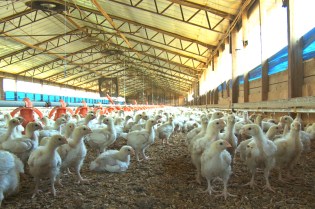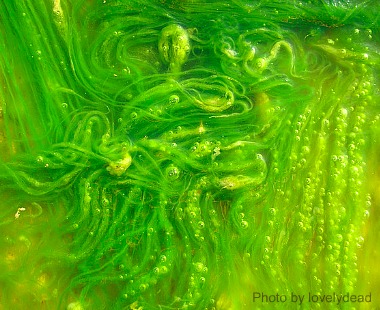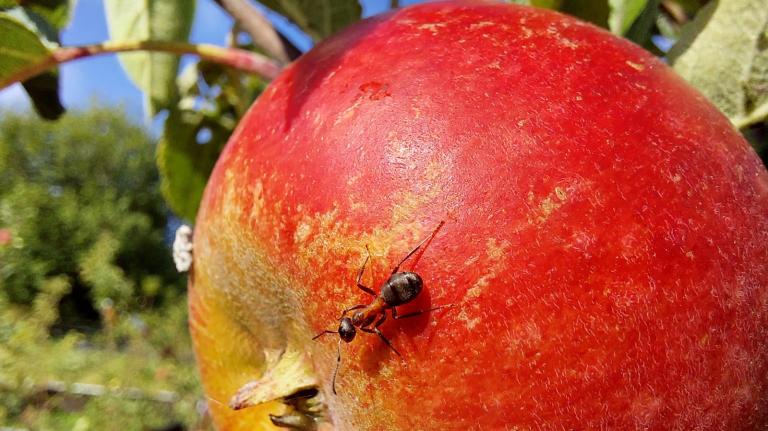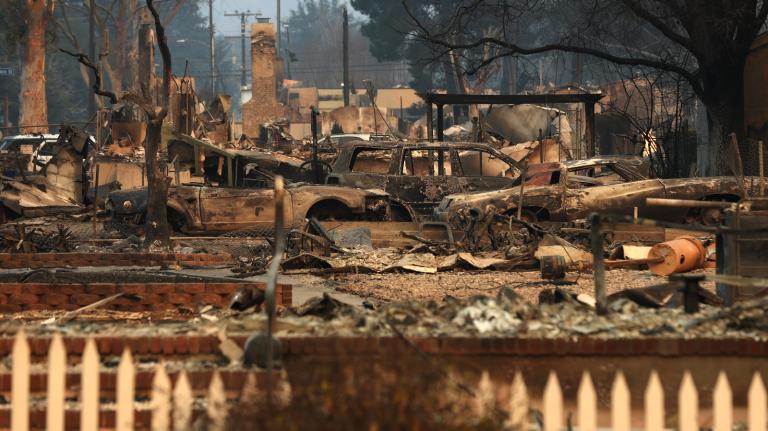 It seems like every month someone launches a new eating experiment. Whether it’s eating only food grown within 100 miles for a year, growing an entire family’s food supply on an acre in Appalachia, or raising corn in the Midwest, the modern food movement has been shaped around many such specific, time-bound efforts.
It seems like every month someone launches a new eating experiment. Whether it’s eating only food grown within 100 miles for a year, growing an entire family’s food supply on an acre in Appalachia, or raising corn in the Midwest, the modern food movement has been shaped around many such specific, time-bound efforts.
The new film Eating Alabama starts out along similar lines, as filmmaker Andrew Beck Grace and his wife Rashmi return to their home state of Alabama to film a yearlong attempt to eat locally and seasonally. In the process, Andrew sifts through family photos of farms long buried under suburbia, and travels the state interviewing the farmers scraping by in present day Alabama. The result is a film that artfully combines one family’s story with an in-depth look at a group of small farmers committed to rebuilding the local food system in the South.
In addition to “plantation crops” like cotton and peanuts, Alabama is a major meat producer. The state has the third-largest broiler (chicken) industry in the nation, with over 1 billion birds and 2 billion eggs sold annually and livestock and poultry combined accounting for four-fifths of the commodities sold in the state. Many of the small farmers shown in the film are diversifying, and moving away from this model — raising livestock with alternative methods, but also growing greens and cultivating orchards.
We caught up with Grace to discuss the film, the story it sheds light on, and the way Alabama fits into the larger picture of today’s agriculture.

Andrew and Rashmi.
Q. How long did you spend filming Eating Alabama?
A. We started April 1, 2008 with the intention to film this story about a year of local eating. The problem was that about halfway through the year I realized that the story was a lot more complicated than just young folks looking for local food. The interesting story was all these related issues about how much we’ve changed, how far away from the land we’ve gotten, and how little we actually know about where the food comes from.
Q. Over the past four years, many areas have seen a rise in community-supported agriculture programs and farmers markets. Were you seeing any of those changes while you were filming?
A. We’re seeing that local food economies are starting to happen and make sense for larger cities. But it’s ironic because the rural areas that used to produce so much food are now the slowest to adopt these local food pursuits. I think a lot of it has to do with money and a lot of it has to do with people wanting to get off the land. Having had conversations with rural folks, I found that if you grew up on a farm then your ambition is to go off and make money, not to come back to the farm.
A lot of the growth in farming and sustainable growers around the country comes from college-educated people who have been off the land for a couple of generations and want to come back to the place, to try to start something completely different from the world they grew up in.
Q. What has triggered this wave of college graduates returning to the land?
A. We have this significant disconnect from actual process, from making things and having tactile interactions with the stuff of our lives. So I think that partly it’s people looking to find a more meaningful life through hard work.
Q.  You’ve described yourself as a “Southerner with reservations” and in the movie you struggle against a nostalgic vision of Alabama’s history. How do you see Alabama and the South fitting into the larger agricultural context of the U.S.?
You’ve described yourself as a “Southerner with reservations” and in the movie you struggle against a nostalgic vision of Alabama’s history. How do you see Alabama and the South fitting into the larger agricultural context of the U.S.?
A. The form of agriculture that existed in the South for most of our history has been one of exploitation — exploitation of the land and exploitation of the people. That’s nothing to glorify, that’s nothing to long for or to want to go back to. As a filmmaker I had to reconcile the parts of an agrarian life that I do think were meaningful and valuable with the realities of the way that system and economy worked.
I see in the work [Alabama small farmers] are doing now a real harmony between the land and the people who work it, one that has really never existed in Alabama agriculture until recently. And I really am hopeful that … a more equitable situation for farmers will be the end result of a growing movement towards local food economies.
Q. What do you mean by local food economies?
A. I think of a local food economy as being a holistic system that begins with the consumer. The consumer has to understand that his or her food dollars are a kind of vote. The way you choose to spend your money on food has its own power. The more you decide to eat seasonally and locally and make those conscious decisions to engage with a local food economy, the more the economy grows and you start to see that money in your own backyard.
Q. One thing that surprised me in the film was the absence of African-American farmers, who have long been a part of Alabama’s agricultural heritage. Why weren’t they shown?
A. That’s something I struggled a lot with in the making of this film. There really are not a lot of African-American farmers in Alabama, partially because of issues relating to land and land ownership.
There’s a long history that’s tragic and fascinating and complicated — things that made it difficult to put in my movie, which is a personal story about my own family and our relationship to the land. Many African-Americans ended up losing land that they got after the Civil War and there’s a significant issue regarding the loss of black land ownership in the rural South.
I see a lot of my young white friends [wanting] to return to the land, but there’s not [as much of] that same desire in the African-American community, which was tied only a generation or two ago to a rural existence. If you think about the kinds of lives that African-Americans lived in rural areas throughout the history of the South, there’s not a lot there to romanticize.
Q. In the movie you go deer hunting and help slaughter chickens. Did you make a conscious decision not to spend the year as a vegetarian?
In the movie you go deer hunting and help slaughter chickens. Did you make a conscious decision not to spend the year as a vegetarian?
A. I’m a big fan of good stewardship when raising animals. In the movie we show my friend Nathan Thompson, who runs a chicken house where he raises about a million birds every year almost by himself. I don’t want to engage in that system of corporate farming and big contained animal feeding operations anymore — there’s such a small amount of money left for the farmers and so much of it is filtered up to the corporations. I am trying to make an argument for a local food economy that includes meat if it’s been ethically, humanely raised, and where the farmer gets a proper share of the worth of the animal.
There’s also close to one deer for every three people in the state of Alabama, so we have a significant overcrowding of the deer population … There are terrible issues with inbreeding and lack of food. Wildlife management in the form of hunting is one way to combat some of these issues.
Q. Your year of local eating is officially over. So what did you eat for dinner last night?
A. Last night we had parsley pesto pasta. The parsley was from our garden and the pasta … well it wasn’t local but it was organic.
Watch the trailer for Eating Alabama:



